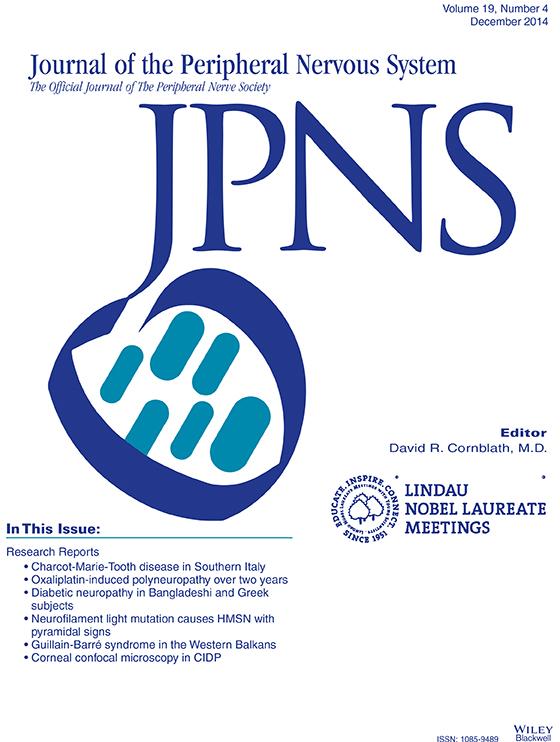Diabetic neuropathy: comparison between Bangladeshi immigrants and Greek-born subjects
Abstract
The aim of this study was to compare Bangladeshi immigrants with diabetes to native Greeks with diabetes and to distinguish the different risk factors for polyneuropathy (PN) in the two ethnic groups. Subjects were recruited from the outpatient diabetic clinic of a general hospital. A total of 111 Bangladeshi immigrants (97 men and 14 women of mean age 47 years) and 101 native Greeks (82 men and 19 women of mean age 49 years) were included in the study. Sex, mean age, age at diabetes diagnosis, and diabetes duration did not differ between the two groups. PN was diagnosed in 53 (48%) Bangladeshi and in 59 (58%) Greek patients (p = 0.12). Large fiber neuropathy was less prevalent among Bangladeshis (18%) than in Greeks (53%) (p < 0.01). Small fiber neuropathy on the contrary were more frequent in Bangladeshis (18% vs. 7%) (p < 0.02). Regarding the risk factors for PN, Greek patients were taller, with higher BMI, and smoked more cigarettes (p < 0.001). They were also treated with more anti-lipid and antihypertensive agents. The higher percentage of SFN in Bangladeshi was mainly a result of the significantly greater incidence of erectile dysfunction (ED) in their group (68 Bangladeshi vs. 38 Greek men). It is well known that there are many causes of ED aside from SFN which were not evaluated in this study. Thus this conclusion should be taken with caution.




